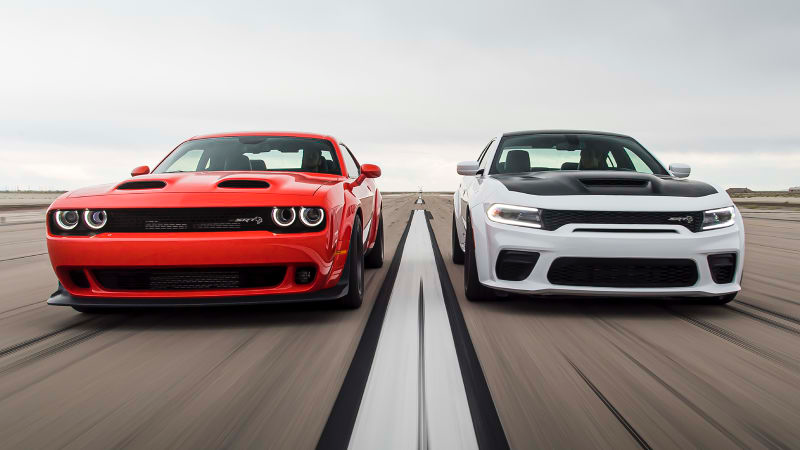
Both the Dodge Challenger and Charger are incredible vehicles that offer the driver an exciting experience. If you have ever been curious about either of these vehicles, head to a Dodge dealer for a test drive today.
Consumers know both of these cars for their muscle and grit. And while they both rely on the same rear-wheel-drive platform, there are many differences between the models. Read on for more information about both of these muscle cars and a comparison of the specs.
Space
Both of these models are fun to drive. However, passengers might be equally entertained. Because the Dodge Charger is a larger four-door sedan, it naturally has more interior room. The Dodge Challenger is a two-door coupe. A quick visit to a Dodge dealer will give a better idea of space comparisons.
Both vehicles comfortably fit five average-sized adults. However, the amount of room passengers have varies between the two. The Charger boasts plenty of legroom with 40.1 inches in the back. The Challenger only offers 33.1 inches for its rear passengers. There is also an extra four inches of headroom and 8.3 inches across the seat in the Charger.
When it comes to cargo capacity, the Charger also takes the prize. However, they are closer in size than you might think. The Charger offers owners 16.5 cubic feet of storage space in the trunk. The Challenger only has 16.2 cubic feet.
The bonus for the Charger comes from folding down one or both of the 60/40 split rear seats to access the rear compartment. The Challenger also has 60/40 split seats, but the lower headspace allows less access.
Winner: Charger
Price
Because the Charger is a larger sedan, it is likely to always be more expensive. Dodge lists the base model Charger at $31,490 while listing the base model Challenger at $33,190. This gap remains pretty consistent through all trim levels.
Winner: Challenger
Safety
While both the Charger and the Challenger received an overall five-star safety rating from the NHTSA, neither was an IIHS Top Safety Pick. They both earned Moderate scores on the front driver-side crash test.
However, the Challenger received Average scores for roof strength and head restraint while the Charger received Good scores. The Charger received a Superior rating for front crash avoidance tech while the Challenger only received basic.
Winner: Charger
Power
The trend with these two models has been to launch the newest performance tech in the Dodge Challenger first then follow it up a couple of years later in the Dodge Charger. If you are looking at older models, the power comparison should be relatively equal.
However, new Challengers offer more power than a Charger. As an added bonus, Challengers offer a manual transmission, unlike the Charger.
Winner: Challenger
Extra Features
Both vehicles offer similar interior features. The Challenger and the Charger both have an 8.4-inch Uconnect touchscreen and can connect to both Apple and Android phones. They both offer an available 4G Wi-Fi hotspot.
Fuel Economy
The Charger and the Challenger are fairly equal as far as fuel economy, as well. The V-6 models both offer 19/30 mpg city-highway in RWD with slightly lower specs in AWD. Both V-8 versions are even lower. Whatever trim and model you choose, the Charger and the Challenger are not the most efficient vehicles.
Winner: Tie
This post may contain affiliate links. Meaning a commission is given should you decide to make a purchase through these links, at no cost to you. All products shown are researched and tested to give an accurate review for you.









